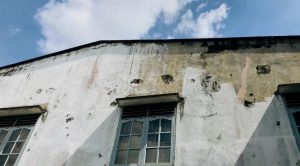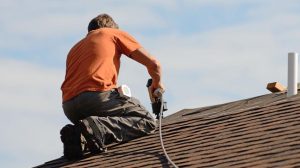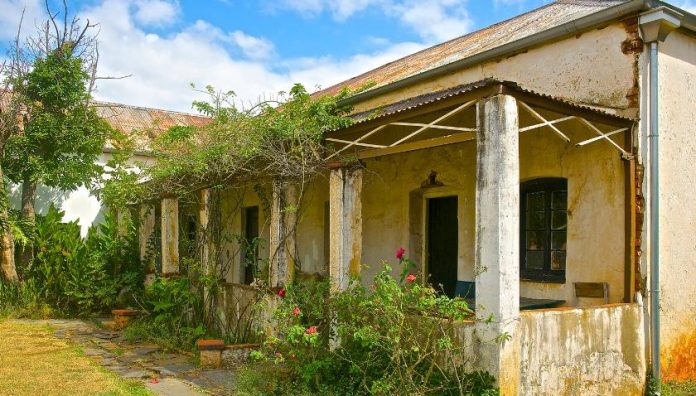Table of Contents
For many, owning a property is the ultimate goal, but sometimes, unforeseen issues come to light. According to stats, most of the houses in England are owner-occupied and built before 1919 – and while older housing has many advantages, new housing tends to be better suited to modern infrastructure, with the correct plumbing and insulation in place. This can mean old properties require extra work and attention. Here are some issues you could encounter if you purchase an older property.
Combatting the hidden issues in old properties
1. Damp

Older properties can be more prone to damp as they were built during a time when it wasn’t fully understood and therefore don’t have Damp Proof Courses (DPC). If you notice a musty smell, spot patches of discolouration on your walls or see lots of condensation on your windows, this could mean you have damp. Issues with damp wood can be dried out using a heat gun – just make sure you keep it on a low enough setting to avoid burning the wood. Other preventative measures include airing your property and using dehumidifiers to ensure you extract any moisture from your home.
2. Structure
It’s common knowledge that older buildings are likely to have wear and tear in their structural foundations. However, being aware of cracks around door frames or windows, as well as the ceiling, is important. This could indicate more substantial structural issues. Look into how you’d get these resolved and factor this into your budget.
3. Roofs

Some old properties have flat roofs, which can be prone to water pooling. If this happens, damp can work into way into the ceiling and open up its own can of worms. If the property has a slanted tiled roof, make sure you look out for damaged or rotting tiles – these can be indications that your roof needs restoration. Roofs over 20 years old generally need replacing.
4. Fire hazards
Modern properties are built in line with building regulations to reduce fire hazards, but older properties may not have the same security. Combustible materials have also been banned for use in and on external walls of buildings over 18 metres in height, largely in response to the Grenfell Tower fatalities in 2018. However, many old properties don’t have this level of protection. Make sure you have a clear escape route in mind and look out for old or trailing wires at risk of overheating, as well as other fire hazards.
5. Asbestos

Asbestos materials were used between the 1930s and 1980s before they were banned. This is because they can release harmful fibres into the air when they become damaged or aged and can trigger respiratory health issues when breathed in. If your home was built during this period and you become aware of or suspect asbestos in your home, it’s extremely important not to remove it yourself and to enlist the help of experts to take care of it.

